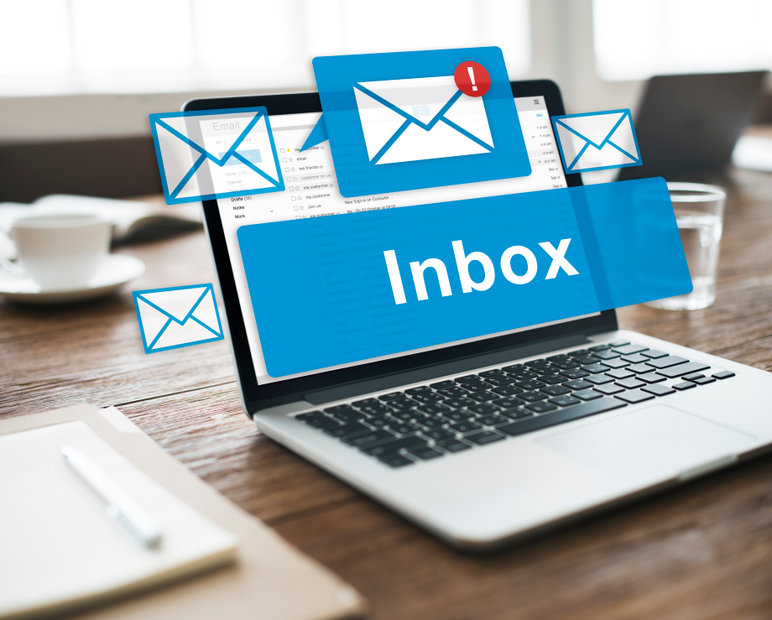Are you struggling to get your emails delivered to your subscribers’ inboxes?
If so, you’re not alone.
This is such a defeating problem for many business owners and can be a major blow to your conversion rates.
Fortunately, with these 4 tips for improving your email deliverability, there’s hope.
1. Check your email list frequently for invalid email addresses and unengaged subscribers
The size of your email list is irrelevant if your emails aren’t getting through. That’s why one of the most important means of improving email deliverability is regularly cleaning up your email list.
This means removing invalid email addresses and unengaged subscribers–both of which are very common when you buy email lists (don’t do that!).
When you’re cleaning up your list, don’t forget about unsubscribes and bounces. These are emails that you should remove from your list, too.
If you keep sending emails that are either bouncing or not being opened, it will hurt your deliverability and overall reputation, signaling to the receiving sender’s Intrusion Prevention System that you need to be blocked. When this happens, you’ll be more likely to hit the spam folder.
Implementing a double opt-in is a great way to improve your bounce rate. This will require a subscriber to confirm their email address before they’re officially added to your list, as well as add an extra layer of commitment on their end.
2. Be consistent in your delivery
It’s important to be consistent in your email delivery and send your emails on a regular schedule.
One of the best ways to do this is by setting up an automated sequence for each new subscriber who signs up for your list. That way, you don’t have to worry about manually sending them emails or forgetting to do it.
This is important because internet service providers (ISPs) look at how often you’re sending emails and whether they’re consistent. If they’re not, that could hurt your deliverability as well.
3. Build up your sender reputation
Your sender reputation is another important factor that affects your email deliverability. This includes things like your IP address reputation, the number of unsubscribes and bounces you have, as well as how often people mark your emails as spam.
If you have a lot of unsubscribes and bounces, it could hurt your deliverability. ISPs might see this as a sign that your emails aren’t wanted and could block them from being sent.
Additionally, if a lot of people mark your email as spam, this will also hurt your deliverability. ISPs might see this as a sign that you’re sending spammy content and block your emails.
So, make sure you’re taking steps to improve your sender reputation. As mentioned above, this includes regularly cleaning up your email list and removing bounces and unsubscribes.
It also involves making sure you’re sending relevant, high-quality content that people want to read. That way, they won’t be as likely to mark your emails as spam or report them for being unsolicited messages.
4. Send out emails in small batches
It’s important to note that many email service providers (ESPs) limit the number of emails you’re allowed to send per day in order to prevent spam. ISPs also limit the number of emails accepted from the same IP address within a certain amount of time.
By sending out emails in smaller batches throughout the week, you’ll be less likely to annoy your subscribers and get in trouble with ISPs and ESPs. If you have a large email list, consider segmenting your list. This will help you plan ahead to ensure that your campaign is sent to each segment by a certain date.
It’s important to remember that email deliverability is a process, not a destination. You won’t see an immediate change in your deliverability just by following these tips. But, if you’re patient and consistent, you’ll see an improvement over time. Not sure where to start? Contact Bizzuka’s digital marketing team for a free 45-minute strategy session!

